|
|
|
 ATTRACTIONS ATTRACTIONS
HISTORICAL
Al Fateh Mosque

The Al-Fateh Mosque in Manama, located adjacent to the King Faisal Highway in Juffair, is one of the world’s largest mosques, with capacity to accommodate about 7000 worshippers at a time.
An impressive sight indeed, the Al Fateh Islamic Centre (Grand Mosque) has the sought-after distinction of being crowned with the world's largest fibreglass dome. Exquisite architecture and Arabic design make it as breathtakingly beautiful inside as out. The island's largest mosque also houses the Religious Institute for Islamic Affairs.
Visitors should dress modestly and are required to remove their shoes and cover their heads upon entering the mosque.
Open At all times, except during prayer time.
Al-Khamis Mosque
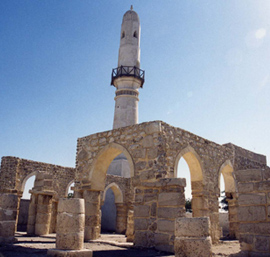
The Al-Khamis Mosque is one of the most ancient and sacred sites in Bahrain. Its foundation was set up in around 692AD. Its most conspicuous features are the twin towers rising high against the clear blue skies. The Mosque can be found situated between Isa Town and Salmaniya.
Arad Fort
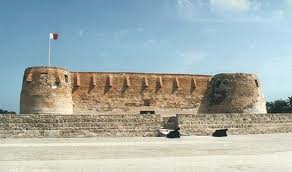
Arad Fort is one of Bahrain's most important fortified castles. The Fort was built in the style of Islamic forts at the end of the 15th and early 16th centuries. Due to its strategic location overlooking various sea passages of Muharraq Island, Arad Fort was used as a defensive fortress throughout history, from the time Bahrain was occupied by the Portuguese in the 16th century to the reign of Sheikh Salman Bin Ahmed Al-Khalifa in the 19th century. Arad Fort was most recently restored in the 1980's, a process which took three years. In order to maintain the historical authenticity and value of Arad Fort, exclusively traditional materials were used, such as coral stone, lime and tree trunks.
Bahrain Fort (Qal’at al-Bahrain)
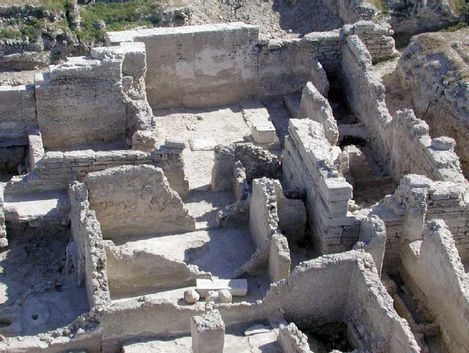
The Bahrain Fort is an archaeological site. An impressive 16th century Portuguese fort is built on the remains of several previous settlements, going back to the Dilmun era around 2800BC. Authentically restored and very well maintained, it is worth visiting for both its impressive stonework and for the wonderful views over the city.
Entry is free and the fort is open from 08:00am to 20:00pm every day.
Barbar Temple
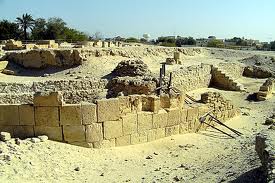
Barbar Temple was discovered in 1954 and its excavations were continued by a Danish expedition until 1962, by which time three superimposed temples had been investigated and dated around 2000 BC, at climax of the Dilmun civilization. Temples 1 and 11 are built on two superposed platforms and are connected to a monumental well and its spring, which apparently played an important role in the local cult. Little remains of the third temple which includes a large square platform and was apparently larger than the two previous ones.
Burial Mounds

Bahrain has what is believed to be the largest prehistoric cemetery in the world. There were some 170,000 burial mounds dating to between 3000 BC and 600 AD. Road and house construction has probably brought the burial-mound number down to 10,000-20,000.
Each mound contained a stone-built chamber which formed a grave for a person buried in the foetal position along with various elements presumably believed to be needed in the next world. Few of the mounds are intact today, many having been looted in the past or destroyed over the years. The best preserved of the mounds, including tall mounds referred to as royal burial mounds, can be seen at A’ali village.
Dhow Building
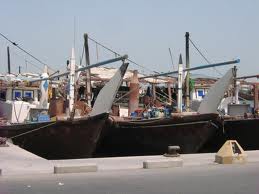
This is one of the most ancient traditional crafts on the Island. The crafts are made for fishing and pearling and passenger or cargo transport. Take a look at the skilled Bahraini shipbuilders in the city of Muharraq, near the old sea port.
King Fahad Causeway
The King Fahad Causeway is a 25 kilometre long bridge, connect Bahrain with Saudi Arabia. The tower shaped restaurants are designed so you can enjoy the beautiful view of the two countries.
Oil Well No. 1

Bahrain was the first country in the Gulf where oil was struck in 1932. This is the famous and aptly named Oil Well No. 1. It is located next to the Oil Museum.
Riffa Fort (Sheikh Salman bin Ahmed Fort)

Riffa Fort in Bahrain offers a wonderful view that one cannot afford to miss. Apart from the picturesque view, the rich historical value of the fort offers an insight of Bahrain during previous times along the way.
Built as a fort during the reign of the Persian Safavid Empire of Iran over Bahrain during the 17th century, the fort was converted into a residence in the 18th century for Sheikh Salman Bin Ahmed Al Khalifa.
Seyadi House
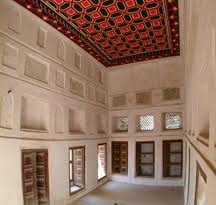
Seyadi House is locatd in Seyaqdi neighbourhood in Muharraq city on the northern side of Shaikh Isa Bin Ali Al Khalifa House. The house was built in 1905 by Ahmed bin Qassim Seyadi, a famous pearl merchant in the Gulf region.
Shaikh Isa’s House
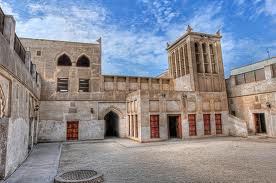
The Shaikh Isa’s house located at the old down of Muharraq, was the home of great grandfather of Amir, Shaikh Isa Bin Ali Al Khalifa. It represents a fine example of local architecture, with a wind tower, wall carving and lattice work, indicating a traditional nineteenth century life.
Tree Of Life
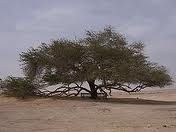
The Tree of Life stands alone in the centre of the desert without any known water source. The tree is believed to be from the Acacia family, sheds its leaves in winter but grows yellow flowers in spring and autumn. The mystery has raised the curiosity of visitors and specialists alike for many years.
|
|
MUSEUMS
Bahrain National Museum
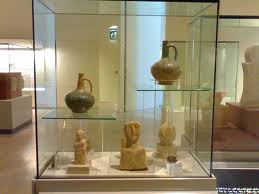
Built in 1988, the Bahrain National Museum displays a series of collections that tell the fascinating story of Bahrain's past, from the Stone Age right up to recent times. Exhibits include rare manuscripts from the 13th century AD and original documents from the 14th century AD. Other exhibits include reproductions of handicrafts and skills associated with pearling, gold jewellery, weaving and boat-building, costumes, specimens of Bahrain's natural history, photographs and contemporary works of art.
Bait Al Qur’an

The House was built so as to accommodate a valuable collection of the Holy Quaran and manuscripts, a unique concept in the Arabian Gulf. The complex comprises a library, a mosque, a school auditorium and five exhibition halls.
Museum of Pearl Diving

Pearl diving has been one of the major occupations in Bahrain since ancient times. Bahrain pearls are marked by their high quality, probably due to the abundance of sweet water wells found on the seabed. The Museum consists of several exhibition halls displaying various aspects of Bahrain's daily life in the pre-oil period. Such aspects include pearl diving, national costumes, local musical instruments, a typical wedding chamber, domestic games, archive photographs, local herbal medicinal practices and the High Court Chamber, which has been maintained intact since 1937.
Oil Museum
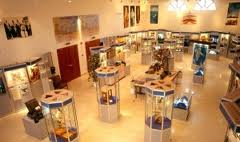
The Oil Museum is situated near the "Oil Well No.1" and was inaugurated on 2nd June 1992 to celebrate the 60th anniversary of discovery of oil in Bahrain, which was also the first country in the Middle East to do so. The museum comprises fascinating drilling equipments, old photographs, document and the working model of an oil rig.
|
|
SPORTING
Bahrain International Circuit
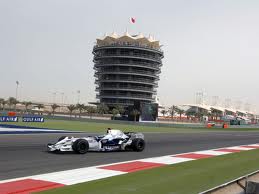
The circuit is a venue used for drag racing, GP2, and an annual Formula One Grand Prix. For the first time in 2006, there was a V8 Supercar race and a 24 Hour Race. It has six separate tracks, including a test oval and a drag strip.
Diving
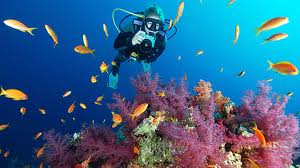
History and ancient history would suggest that diving itself was probably born in and around the warm shallow waters of Bahrain. Here, divers, underwater photographers and snorkellers can discover a myriad of Indo Pacific species including clown fish, trigger fish, surgeon fish, turtles, rays, lion fish, grouper, snapper, crayfish and even whale sharks; while tuna, mackerel and barracuda cruise above. In addition to reef diving there are a number of wrecks around the island, including ships, planes, tugs and barges that have something special to offer the inveterate diver. Scuba and snorkeling education, equipment, experiences and excursions are available to an international standard through a PADI 5 Star Dive Centre located in Manama.
Dolphin Watching
.jpg)
Follow the dolphins frolicking in the clear emerald waters. Take a boat trip and you can watch the dolphins and manatees playing in the warm Gulf waters and see local fisherman head out in traditional wooden dhows to catch the prized local hammour - a type of grouper.
Azizia Birds Kingdom
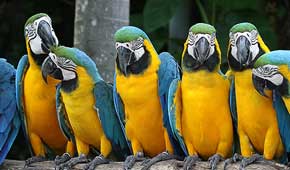
Housing the esteemed bird collection of Bahraini businessman Abdulaziz Jassim Kanoo, Azizia Bird Kingdom is home to many beautiful and rare birds, allowing you to see several species of Bolivian macaws; a red-vented cockatoo; moloccan, umbrella and tritan sulphur-crested cockatoos; Java peacocks; California quails; silver and peacock pheasants; colourful toucans; Amazon and African grey parrots and double yellow-headed Amazons, which are excellent talkers. You can also see the world's biggest pigeons, plus many other species of birds from all over the world. click here to see photos
Horse Riding
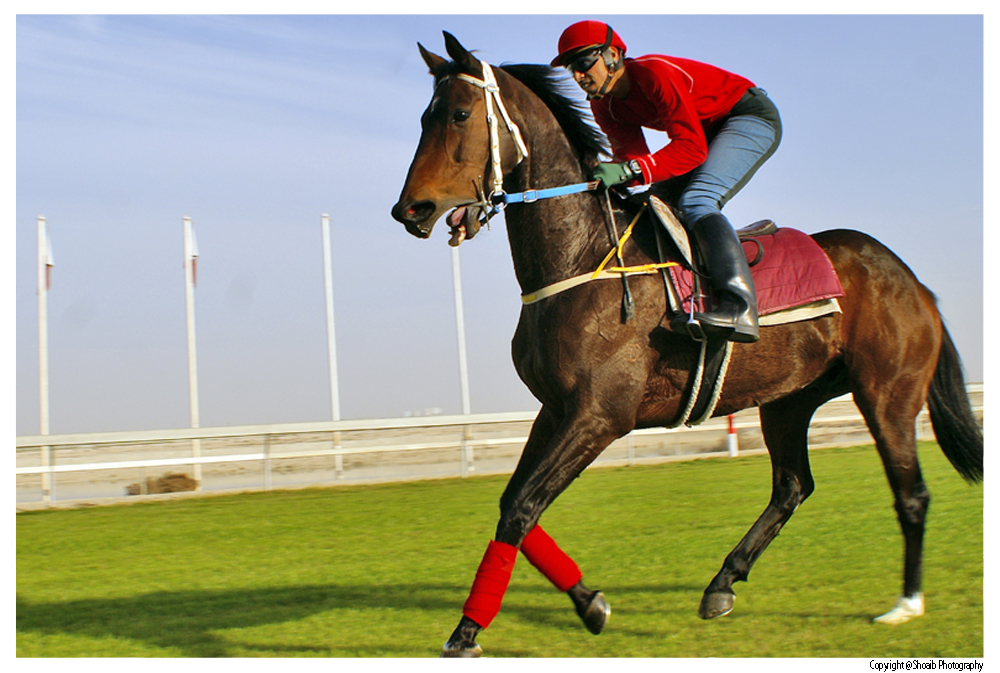
Bahrain's love of all things equestrian is evident in its splendid Sakhir Race Course, which has a grandstand for 3,000 spectators. During the racing season, from October to March, you can see beautiful Arabian purebreds and thoroughbreds hurdle and flat race. Experts from the UK were employed to design and construct the race track in 1981. It consists of two 2.4 km grass tracks with a straight of 1.2 km, one sand track, and stables for 300 horses.
|
|
OTHER
Al Areen Wildlife Park & Reserve
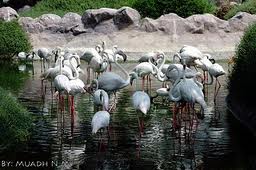
Al Areen Wildlife Park & Reserve was established in 1975, this unique experiment in conservation was inspired by the Crown Prince's long-standing interest in falconry and wildlife in general. Situated near to Zallaq, the three square mile (eight square kilometre) enclosure is planted with over 100,000 plants and trees, and more than 500 animals are accommodated in the reserve. Inhabitants include the Arabian Oryx, which is virtually extinct in the wild, Persian gazelle, springbok, impala, fallow deer, turtles, leopards and Chapman's zebra. A film show and bus tour contributes to the visitors' understanding of the aims of the park.
AL Dar Islands
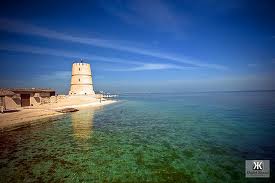
Al Dar Islands is the nearest island getaway in Bahrain. Enjoy water and leisure activities, dolphin watching, snorkelling and fishing. Al Dar Islands have wonderful beaches, two restaurants and a bar.
Al Jasra Handicrafts Centre

A vast range of handicrafts is kept alive and well at this centre. It has workshops for artisans, including mat weaving, basket making, pottery and boat building. The enthusiastic staff and craftsmen encourage visitors to take a close look at how items are made, and offer a full explanation of the technical processes involved. One highlight is watching the friendly women who come down to the centre daily to weave mats from plain and brightly coloured dampened palm fronds. The centre also houses a number of makers of musical instruments, tanners and silk weavers.
Bahrain Dolphin Park
Bahrain Dolphin Park at Marina Cornice seats a maximum of 620 people. They have Beluga Whales, Dolphins and Sea Lions. The Marine Mammal show last for one hour and you can also swim with the dolphins.
Camel Farm
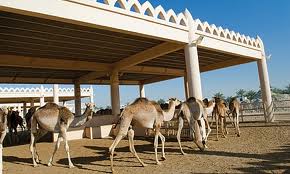
The Camel Farm is situated in Janabiya with over 100 camels. Take a camel ride and watch them race for their evening feed. Entry is free of charge.
Desert Camp
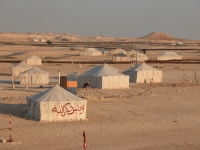
The desert camp is situated in the Sakhir. The different sized tents accommodate over 300 campers. All tourist facilities are provided including a local coffee shop, traditional bakery, artistic shows, camel riding, singing and dancing.
Hawar Islands
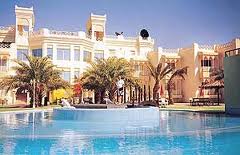
Explore the unforgettable Hawar Islands which was declared as a protected area. This special adventure will give you a very close encounter of the globally important and famous breeding sites of sea birds like Socotra Cormorant, Terns, Osprey and the rare Sooty Falcon. The main island of Hawar offers complete facilities for the visitor, from comfortable resort-style accommodation to dining and a wealth of recreational activities such as jet skiing, swimming and other water sports.
|
|



